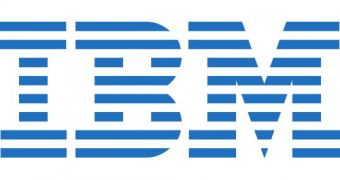3D processors aren't a new concept, but the sort of chips that IBM has just come up with definitely haven't been tried before.
Anyone with even the most meager understanding of electrical appliances will know that water, or any sort of liquid, can and will severely damage any electrical circuitry it spills over.
This is because fluids are, for the most part, very good electrical conductors and, even if they aren't as conductive as water, they will make bits of the circuits interact wrong and fry.
IBM, naturally, knows all this, but that didn't stop it from deciding it was time to break away from all these limitations once and for all.
Certainly, it will take a long time for its newest idea to bear fruit (several years).
After all, not many are the projects that promise chips with literal supercomputing-level computing prowess.
IBM's idea has two parts: a 3D processor, which isn't a new idea, and channels between the chip wafers, where the fluid will reside.
It won't be just any fluid, though, but a liquid metal called vanadium, which will run through the whole processor and carry the charged particles that keep the chip working.
Yes, this is just what it sounds like: a liquid metal processor, where hundreds of silicon wafers are stacked and powered by dual fluidic networks, one of which carries the charge to the fluid and the other takes away said fluid after it drained the heat from the transistors.
In case that didn't sink in properly, the presence of the liquid metal basically fills in the role of a cooling system too.
IBM wants to build a working prototype by 2014, which makes one wonder whether there will even be any software that might need supercomputer-level performance in such a small package by then, not that people won't find something to do for such a wonder.

 14 DAY TRIAL //
14 DAY TRIAL //